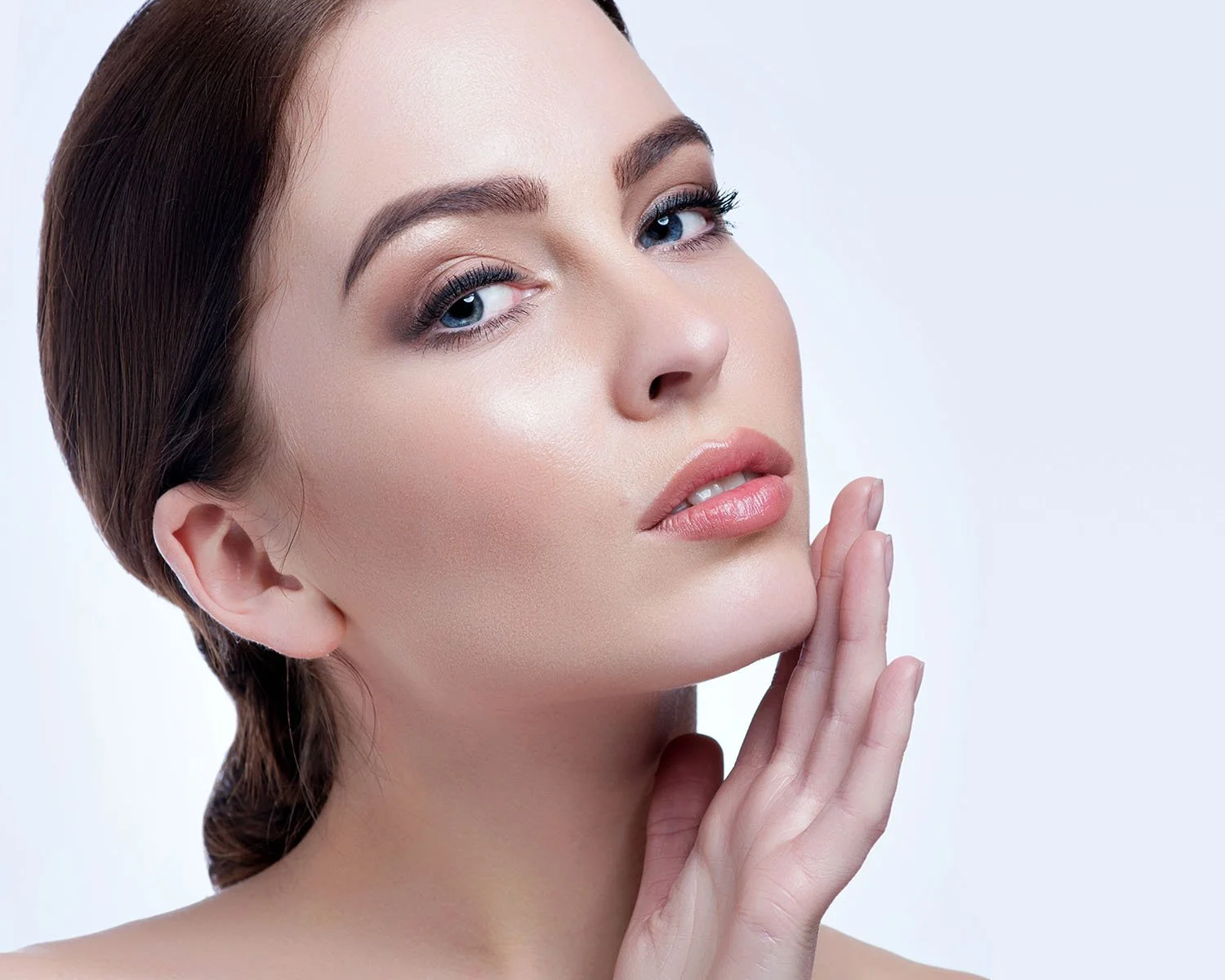Of all aesthetic conditions cellulite is the trickiest, the most “impossible” to treat with any method: diet, exercise, treatments or creams. Most other aesthetic conditions do not require the client to change their lifestyle much: if you don’t smoke and live generally healthy, you would expect very good results from a quality beauty treatment or cream without any other effort on your part…
How do cellulite creams work?
Spot cellulite/fat reduction: is it possible? Most women believe that cellulite creams do not “work”, and I do not blame them given the hype, exaggeration, misinformation and fake before and after after pictures regarding anything to do with cellulite (not just cellulite creams) out there. But even knowing that a cellulite cream can get absorbed, one may ask how can a cream reduce cellulite fat that lies in the dermis and hypodermis?…
Cellulite creams vs cellulite treatments
This is a common question we hear at the clinic. Cellulite creams are much more economical than treatments, so if they do work they make more sense, at least economically. On the other hand, many people do not believe that creams are even absorbed or they believe that their benefits are due to massaging the cream on the legs, two myths that we addressed in detail in previous articles. Of course a good cellulite cream is absorbed; and the effect of massaging the cream into the skin is negligible. On this article we are looking at the pros and cons of cellulite treatments vs cellulite creams.
Do cellulite creams work? Facts vs marketing hype.
In a previous article we have discussed the differences, merits and drawbacks of cellulite creams vs cellulite treatments. On this article we are focusing a bit more on why a good, concentrated, multi-ingredient cellulite cream can play an important role in cellulite reduction, more than what most women assume.
Cellulite creams: should emphasis be placed on water retention, fat reduction, skin firming of fibrosis?
The four main visual aspects of cellulite are hypodermal fat accumulation, water retention/puffiness, skin looseness and fibrosis. Hypodermal fat accumulation combined with fibrosis is what makes fat globules protrude from the skin surface. Fat pushes up and fibrotic collagen fibres push down, resulting in the mattress effect. Water retention makes cellulite more visible by increasing volume in the hypodermis and dermis. Likewise, loose skin makes it easier for the fat globules to push up…












